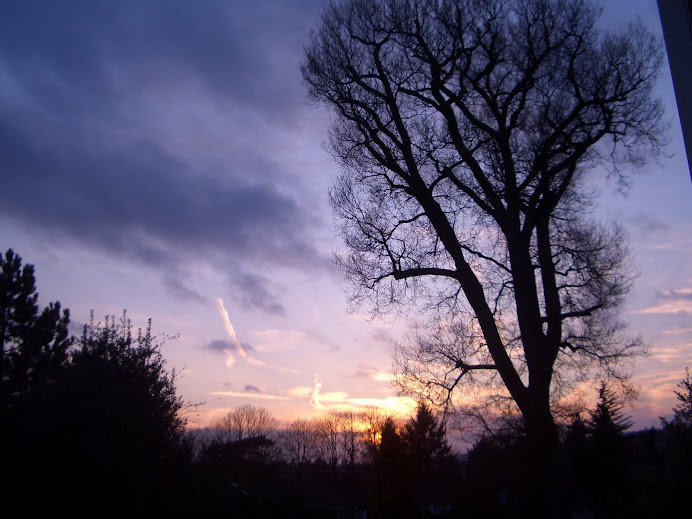 A couple of days ago I wrote about the essay by Ervin Laszlo on “The World’s Health Problem: an Integral Diagnosis” in A New Renaissance – Transforming Science, Spirit and Society. Laszlo concludes: “the world is (1) socially, economically and ecologically unsustainable, (2) saddled with irrational behaviours and (3) governed by obsolete beliefs and aspirations.”
A couple of days ago I wrote about the essay by Ervin Laszlo on “The World’s Health Problem: an Integral Diagnosis” in A New Renaissance – Transforming Science, Spirit and Society. Laszlo concludes: “the world is (1) socially, economically and ecologically unsustainable, (2) saddled with irrational behaviours and (3) governed by obsolete beliefs and aspirations.”Our first obsolete belief is that we think the planet is inexhaustible. And here is Laszlo’s obsolete belief number 2.
We believe that “nature is a mechanism.”
As a result we think that “we can engineer nature” like we would engineer a building or a bridge. This of course is destroying the planet’s natural balances and causing the extinction of species at an alarming rate.
Why does it take so long for us to see the errors of our ways? In 1997 Hugh Montefiore wrote a little paperback about the environmental issues of the day, called A Time to Change. He wrote that responsible estimates of species extinctions were then running at up to 100,000 a year, at which rate within a century half the earth’s species will have disappeared, at the hands of mankind. We cannot afford to destroy species in this way. We are part of a complex network of living beings, all interdependent in many and various ways. Even one species extinction can profoundly affect other life forms and change the face of the planet irrevocably. And the converse is also true – the introduction of species into an area without understanding the ecology of that area can be equally catastrophic.
As the naturalist Francis Rose once observed, ‘nature is very complex. When you start to interfere by thoughtless introduction of alien species, you do so at your own peril.’ He might as well have added – “and when you make a species extinct.” Francis Rose was a celebrated and authoritative field botanist and naturalist, researcher, teacher and author, with a lifelong passion for plant ecology and conservation. He died in 2006 and The Francis Rose Reserve named in his memory at Wakehurst Place, Sussex, comprises a collection of mosses, lichens, liverworts and filmy ferns in a natural valley setting.
So why, Laszlo asks, do we still behave so irrationally? Why do we continue to ignore the finely balanced and complex nature of our ecosystems and think we can ride rough shod through the natural environment with blatant disregard for the effects of our behaviour? Why indeed?
Einstein once said that we cannot solve a problem with the same kind of thinking that created our malady. Or in other words we cannot heal our planet and ourselves with the same kind of thinking that brought us to this current malady. So what is needed?
In my youth at school in the early 1960s I had a passionate interest in ecology. I studied it diligently as part of my botanical school exams and later at University. But it was only as I walked through the great National Parks of Yosemite or California’s Giant Redwoods, hiked the UK’s Yorkshire and Derbyshire Dales or tramped the Burren in Eire, and saw all the plants and creatures in their natural habitats, that I came to discover and feel a spiritual attachment to such a wonderful and varied world, and a great respect for its complexities. And that is what we need to feel again – we need to rediscover that spiritual connection with nature, to nurture an understanding that we are part of an intricate balance of life forms, part of the richness and wealth of the cosmos.
Prince Charles in his book Harmony is telling us just this. A New Renaissance: Transforming Science, Spirit and Society is telling us this. Many books are beginning to appear around this theme. When will we listen to what they all have to say?






